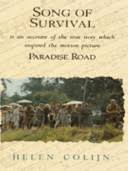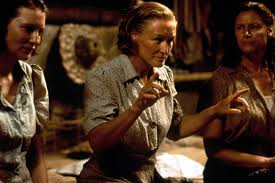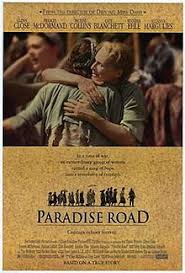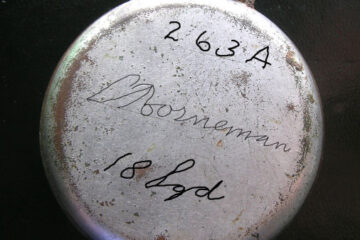In the occupied Netherlands East Indies, Japan sought to eradicate all Western influence from public life. In the outlying regions, non-Asian individuals were promptly interned following the occupation. Consequently, women from the Netherlands, Australia, England, and the Dutch East Indies found themselves compelled to coexist in internment camps.
In the women’s camp in Palembang on Sumatra, these women drew upon the power of music to survive amidst the most challenging conditions. Approximately 600 women and children were confined in this new camp, representing British, Dutch, Australian, and 21 other nationalities, all crowded into a profoundly unsanitary compound, with over 50 individuals per hut and a mere 80cm of bed space each.
Two British women, Margaret Dryburgh a teacher and missionary, and Norah Chambers, a professional chorale conductor, demonstrated remarkable abilities by transcribing notes from memory, bringing beloved works of the classical repertoire to life. Alongside other women from the camp, they formed a choir that performed classical orchestral music in four-part, wordless harmonies. While the individual parts were practiced discreetly around the camp to evade the attention of the guards, rehearsals, typically conducted by Norah twice a week, occurred in the Dutch kitchen at dusk or during the night.
Rehearsing and performing concerts for their fellow prisoners provided the women with a sense of joy and resilience. This musical miracle bestowed the strength necessary for many to endure.
A concert scheduled for December 27, 1943, to commemorate their second Christmas in captivity, featured a vocal orchestra comprising various individuals from the camp, including Norah’s close friend Audrey Owen, her sister Ena Murray, Shelagh Brown, Dorothy MacLeod, Olga Neubronner, Dutch sisters Antoinette and Alette Colijn; Dutch nun, Sister Catharinia; three Australian nurses, ‘Mickey’ Syer, ‘Flo’ Trotter and Betty Jeffrey; and Sigrid Stronck, a Dutch mother of two. This collaboration united diverse nationalities in the camp, breaking down barriers through the shared experience of music.
Despite their trials, concerts persisted throughout 1944 and into 1945. However, the chorus ceased to function as over half of its members succumbed to hunger and disease. Tragically, Margaret Dryburgh passed away on April 21, 1945, shortly after the women were relocated to a camp at Loebok Linggau, having fallen ill during the arduous three-day journey from Bangka Island camp, eventually succumbing to dysentery. She was laid to rest among rubber trees at Belau camp on Sumatra, with her final resting place later relocated to the Dutch War Grave Cemetery in Java in 1951.
The legacy of the music endured. Decades later, Antoinette Colijn rediscovered the music in her attic and donated it to Stanford University in California. This musical treasure, upon study by a local women’s choir, revealed the profound significance it held during the darkest days of internment.
In 1986, the music was published in the Netherlands, and in 1989, Helen Colijn authored “The Power of a Song” (ISBN 90-5194-024-6), chronicling life in the camp alongside her sisters Alette and Antoinette, and exploring the origins of survival music. This narrative served as the foundation for the feature film “Paradise Road” by Bruce Beresford, with the music sung by the Dutch women’s choir “Malle Babbe” from Haarlem.
Helen Colijn

Helen Colijn’s personal journey intertwined with this history. She remained in the Dutch East Indies during the war, enduring internment alongside her family for three and a half years. Following the war, she settled in California, married, and became a mother, dedicating her life to translating and writing articles and books. Since 1981, the Song of Survival project has been a central focus of her life, with her sister Antoinette’s donation of the vocal orchestra scores to Stanford University marking a pivotal moment in preserving this legacy.
The Palembang Camp

At the Palembang camp in Sumatra, initially, civilian and military personnel were intermingled, but the Japanese swiftly segregated the two groups, sending them to separate camps. Civilian men were incarcerated in the town’s jail, while women and children were housed in former Dutch residences, and the military were dispersed among three camps.
In addition to British and Australian evacuees from Singapore, numerous Dutch residents of Sumatra were interned in Palembang. Seized from their homes by the Japanese, these individuals often possessed significant belongings, including clothing, bedding, furniture, food, and money. Those without means sometimes found employment within the camp, performing tasks such as laundry, cooking, woodcutting, hairstyling, or childcare for meagre wages, which they could then use to procure additional food from occasional visits by local shopkeepers or through clandestine transactions with illegal traders, despite the risks involved for both parties.
Below images of the movie Paradise Road




